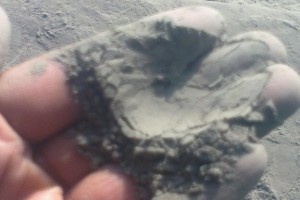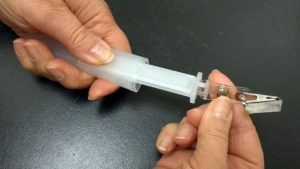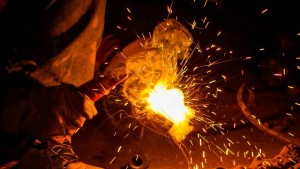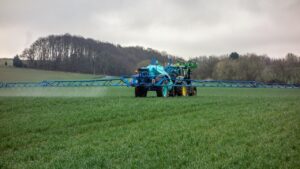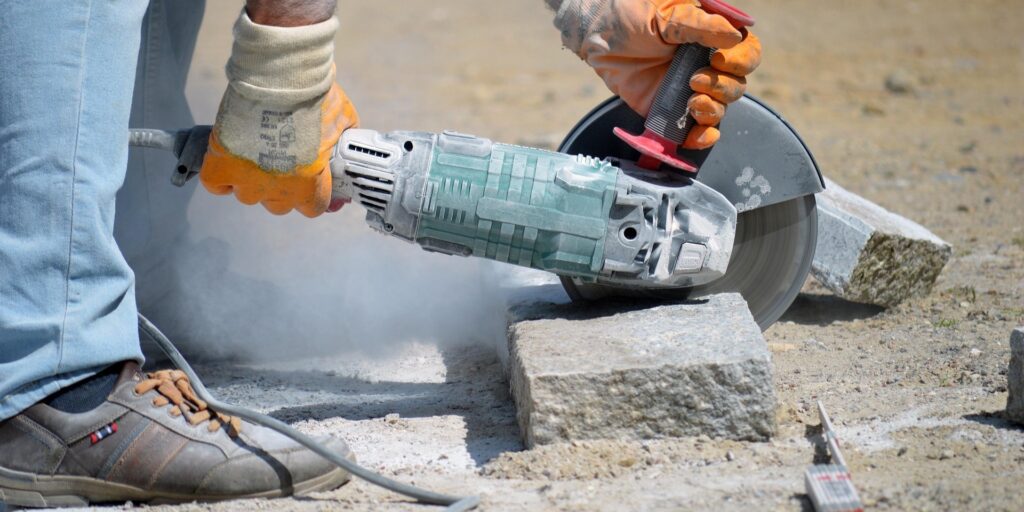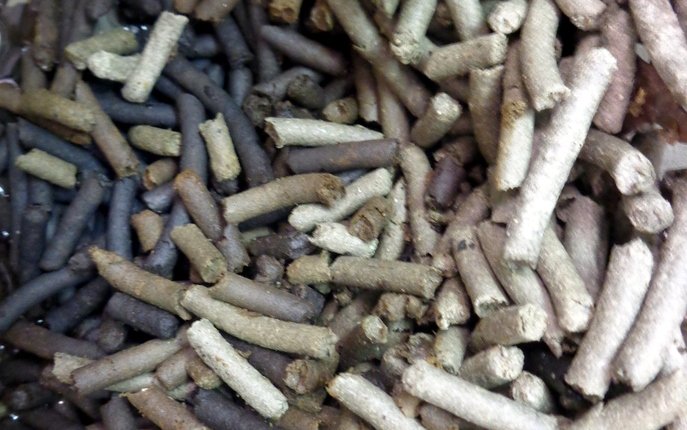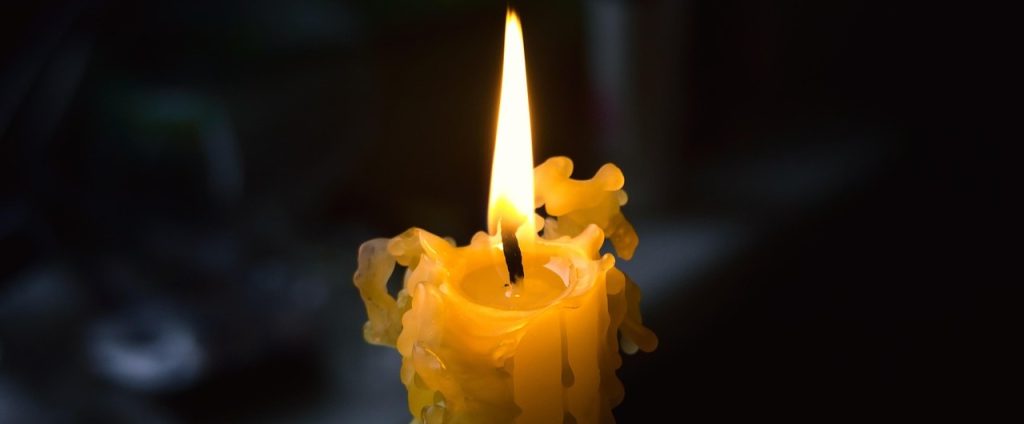Ensuring accurate analysis of crystalline silica in the workplace is essential for assessing occupational exposure and compliance with health and safety regulations. The NIOSH 7602 and NIOSH 7500 methods are industry-standard procedures, each with specific advantages. Understanding the distinctions between these methods will help you select the best approach for your needs.
Purpose of Crystalline Silica Analysis
Both the NIOSH 7602 and NIOSH 7500 methods are designed to quantify crystalline silica—including quartz, cristobalite, and tridymite—in workplace air samples. This information is vital for evaluating worker exposure, ensuring compliance with occupational exposure limits, and maintaining a safe work environment. The selection of a method may depend on factors such as cost, sensitivity, and the need for polymorph differentiation.
Technical Details of NIOSH 7602 and NIOSH 7500
Sampling Procedure
Both methods employ the same sampling protocol, focusing on respirable dust:
- Dust is collected on a 37 mm PVC filter using an air sampling cyclone.
- This ensures consistency in sample collection regardless of the analytical method.
Analytical Techniques
- NIOSH 7500: Utilizes X-Ray Diffraction (XRD), allowing precise identification and quantification of quartz, cristobalite, and tridymite.
- NIOSH 7602: Employs Fourier Transform Infrared Spectroscopy (FTIR) to report quartz separately, while cristobalite and tridymite are combined into a single measurement.
Sensitivity and Reporting Limits
Most laboratories offer similar sensitivity for both methods, typically in the range of 5 to 10 µg/sample. This level is generally sufficient for evaluating occupational exposures. For alignment with ACGIH guidelines, select a laboratory capable of achieving a sensitivity of 5 µg/sample or better.
Detection of Polymorphs
- NIOSH 7500: Distinguishes between quartz, cristobalite, and tridymite. This is important for research applications.
- NIOSH 7602: Reports quartz separately and combines cristobalite and tridymite as “total”. The probability of Cristobalite’s presence in the real-world sample does not exceed 0.1%, and Tridomite is a geological curiosity with a negligible probability of being a concern. Therefore it is not so critical that Cristobalite and Tridymite are reported together.
Interferences
- NIOSH 7500: Interferences may include micas, feldspars, zircon, graphite, and aluminosilicates. Iron can reduce sensitivity.
- NIOSH 7602: Some phosphates and sulphates may cause positive interference. High levels of silicates can also reduce sensitivity.
Comparison of Results
According to a study by the American Industrial Hygiene Association, side-by-side testing of thousands of samples using both methods revealed no statistical difference in results. This confirms the reliability of both methods for routine silica analysis. (Reference: J Occup Environ Hyg. 2014; 11(10): D157–D163.)
Cost and Availability in Canada
- NIOSH 7500: Offered by 2–4 laboratories. Each sample takes about 1 hour to prepare and analyze, so typical productivity is about 10-15 samples a day. In combination with the cost of running the instrument and the need for special laboratory space and setup, the cost of analysis is elevated.
- NIOSH 7602: More widely available, offered by over 10 laboratories in Canada, with a typical cost per sample of 20-30% lower.
Contact Us
If you need more information about silica analysis, would like to discuss the suitability of each method for your needs, or wish to order sampling supplies, please contact us via email. Our team at LCS Laboratory Inc. is here to assist you.


